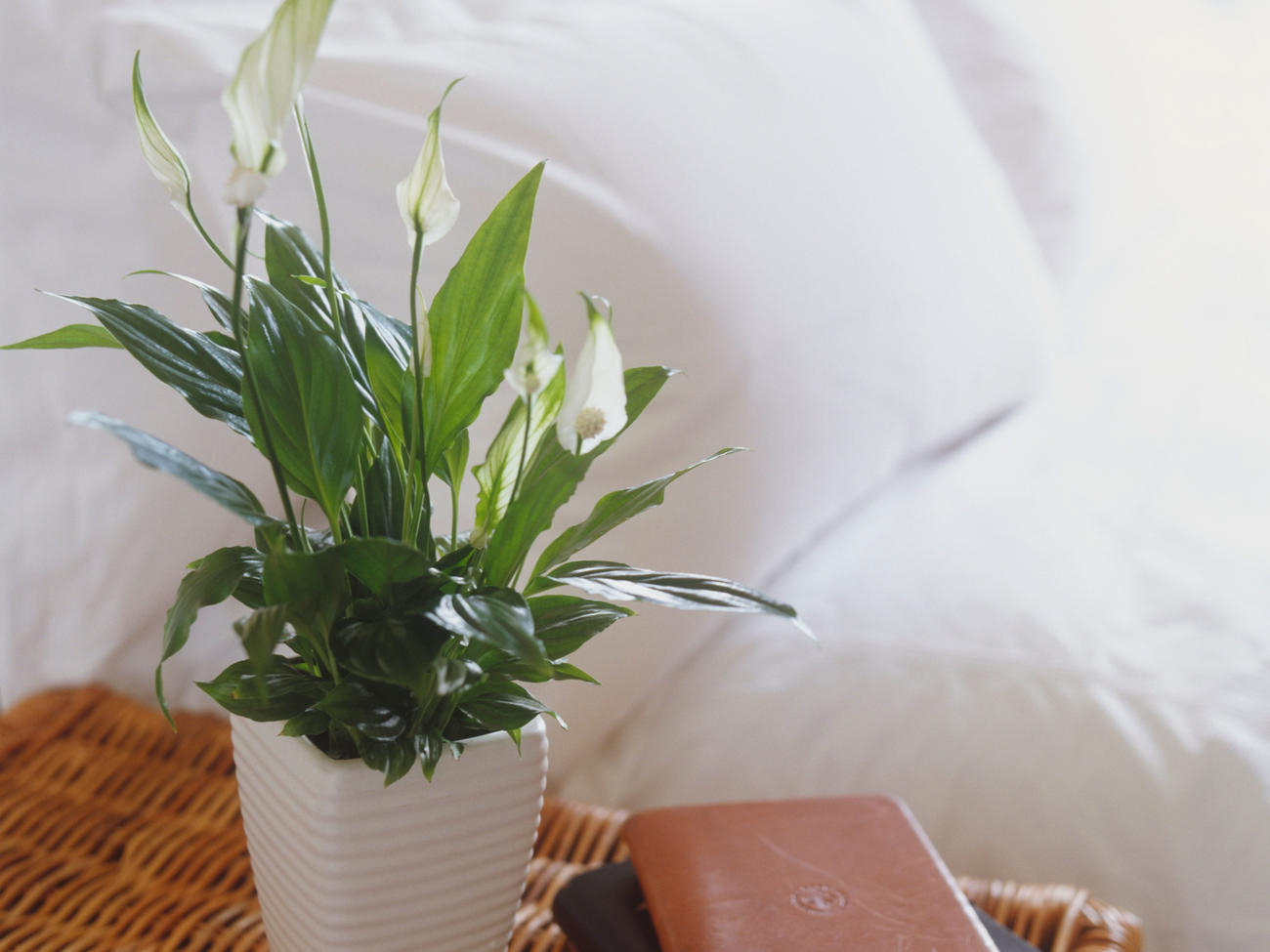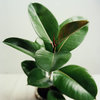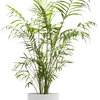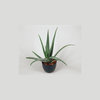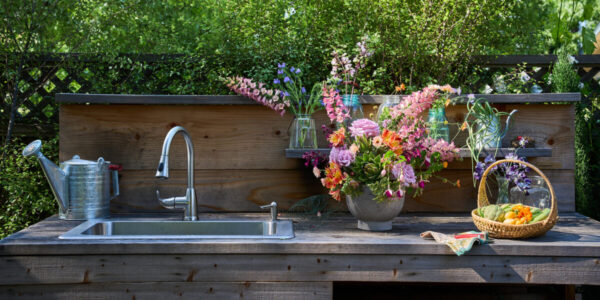The Peace Maker
Tough Guy
Rubber Plant (Ficus elastica)
Foliage: Thick, leathery, and glossy dark green leaves.
Plant: Very foolproof indoor plant. Under the right conditions, and fairly dry soil, it can reach ceiling height.
Light: Thrives even in dim lighting and cooler climates.
Benefit: Powerful toxin remover and air purifier. Especially useful in offices where furniture is made from formaldehyde based glues.
The Classic
Boston Fern (Nephrolepsis exaltata)
Foliage: Gracefully arching serrated green fronds.
Plant: An easy and popular fern but does appreciate consistently moist soil to look its best.
Light: Indirect light and high humidity. Mist once a week.
Benefit: Major pollutants removed are formaldehyde and xylene. Boston fern, like other air scrubbers, break down the pollutants in the root’s system (like they would with nutrients) and turn them into a useable form.
Tropical Treat
Parlor Palm (Chamaedorea elegans)
Foliage: Feathery, tropical-looking leaves grow upright then cascade slightly.
Plant: A compact, easy-care palm growing to 3-4 feet tall, and tolerating crowded roots.
Light: Bright, indirect light with high humidity.
Benefit: NASA gives this clean-air plant a high purifying score. Parlor palm is stellar at clearing out benzene and trichloroethylene, so place it around furniture that could be off-gassing.
Dark Devil
Golden Pothos (Epipremnum)
Foliage: Yellow speckled, heart-shaped trailing leaves.
Plant: Add it to your kitchen or living room as a hanging plant.
Light: Cool temperatures and low light.
Benefit: Clears formaldehyde from the air. Also know as devil’s ivy, it stays green even when kept in the dark—a real inspiration for improving "dark moods."
The Survivor
Eight (or More) Legged Friend
Spider Plant (Chlorophytum comosum)
Foliage: Clumps of long, curving leaves send out stems and at their tips grow miniature "baby" plants that can be repotted to make more. To protect these offspring, grow as a hanging plant.
Plant: Resilient, easy to grow, and survives forgetful watering.
Light: Bright, indirect light, and rotate the pot every week or so to encourage even growth.
Benefit: Effective at fighting pollutants including benzene, formaldehyde, carbon monoxide and xylene. Its relaxed nature also reduces stress.
Numero Uno
The Healer
Aloe Vera
Foliage: Lightly speckled and spiny, fleshy leaves bursting with a soothing gel.
Plant: An attractive 1-2 foot high succulent that is easy to keep thriving with extremely fast-draining potting soil.
Light: Grow this medicinal plant in a sunny kitchen window for quick use.
Benefit: Not only does the gel have healing properties, but the plant can also monitor a home’s air quality. When excessive amounts of harmful chemicals like benzene are present, the plants’ leaves develop brown spots.
